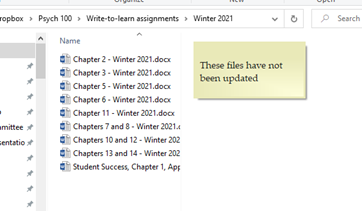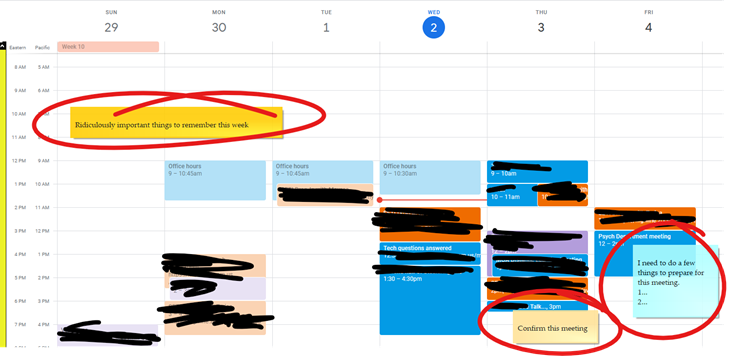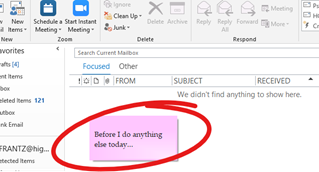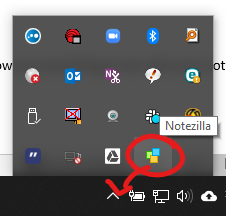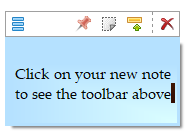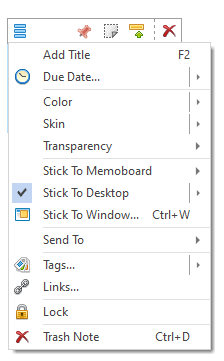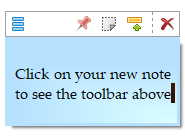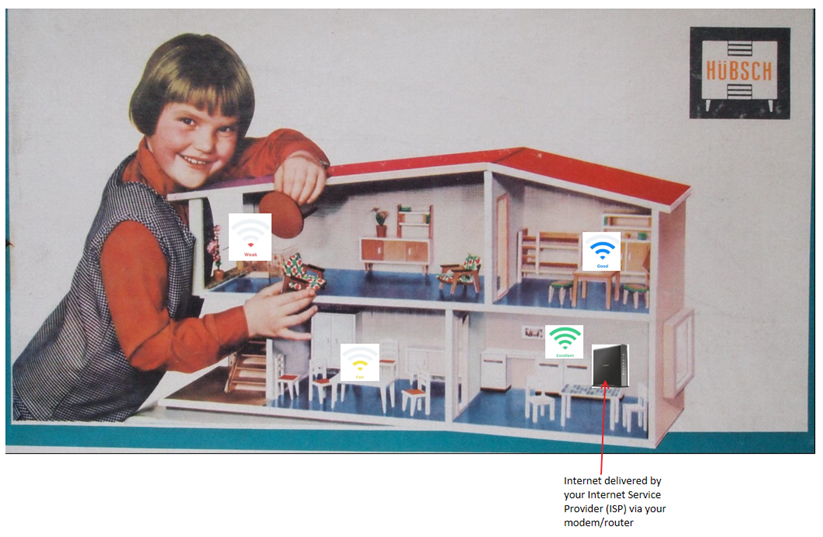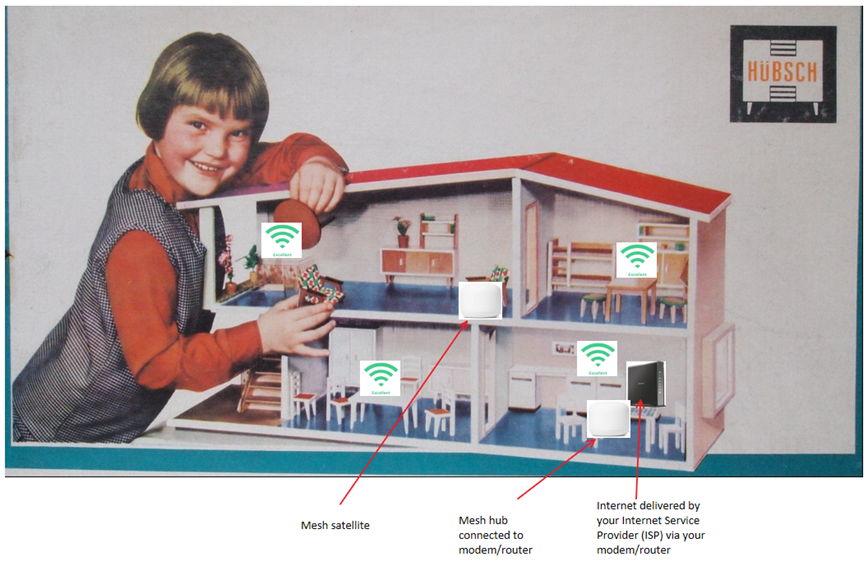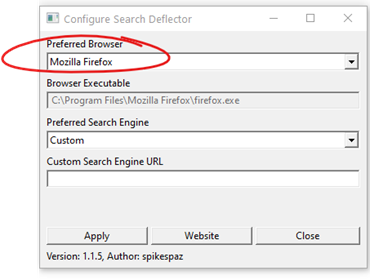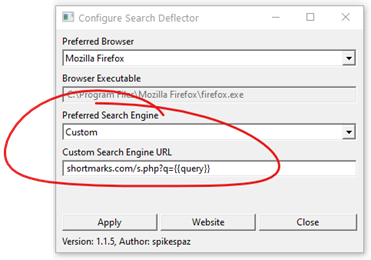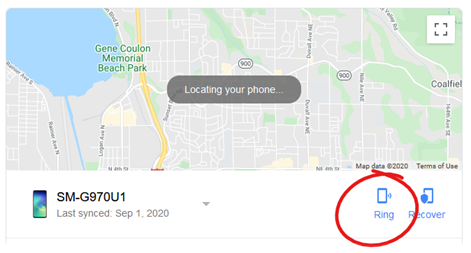Zoom updates
Zoom has two kind of updates: prompted and manual.
With the prompted updates, when you run Zoom on your computer, Zoom will give you a pop-up that says, “Hey! There’s a new version of Zoom. Download it.”
With the manual updates, Zoom doesn’t tell you that there’s a new version. You have to hear about it on the street. Or through a local tech newslettery-type publication, such as this one. The manual updates are for minor changes. Some of those minor changes bring useful features, so it’s usually worth doing the manual updates.
Which version of Zoom do I have?
Run Zoom on your computer. Click the gear icon in the top left corner, select Statistics. The version number will be at the bottom of that page.

The last prompted update from Zoom came on September 28th. That gave us version 5.3.1. The most current Zoom version was released on December 21st, giving us version 5.4.7.
What are some of these minor updates?
You can read them all here, if you’d like.
Here are some of my favorites (text copied from source).
- Enhanced nonverbal feedback and reactions:
Nonverbal feedback options are moved to the Reactions button, and all reactions will be shown in the corner of the participants’ video. The host will see each participant’s reactions in the participant list, as well as the aggregate numbers of each reaction at the bottom of the list. - Raise hand for host and co-host
Hosts and co-hosts can utilize the raise hand feature along with meeting participants and webinar attendees. - Poll reports available during live session
The meeting or webinar host will now have the option to download the full poll results when the poll has ended during the live session, rather than waiting until the meeting or webinar has ended. This will launch their browser and begin the download of the CSV poll report. - Enhanced co-host privileges over Breakout Rooms
Co-hosts have the same breakout room controls as the meeting host, such as starting or ending breakout rooms, assigning participants, etc. - Move participants to main session from breakout room
Hosts and co-hosts have the option to assign a participant back to the main session, rather than ending all breakout sessions. - Share multiple programs at once
Users can select multiple desktop programs at once for sharing, instead of sharing their entire desktop. Other programs and unoccupied areas in the desktop will not be visible to the viewer. The sharer will always know which applications they are sharing by an extensible green border. Only the user employing this feature will need to be on version 5.4.3, viewers can be connected with older versions. - Suspend participant activity
New option in the Security panel to immediately suspend all participant activities, which will mute all video and audio, stop screen sharing, end all breakout rooms, and pause recording. - Pin chat messages
Users can pin a message in a channel, which is displayed at the top of the channel. Pins can be removed, replaced, or hidden. A log of pinned messages is accessible in the channel options panel. - Virtual Background support for additional CPUs
Virtual Backgrounds are now supported for i3 5th-gen and above, i5/i7/i9 3rd-gen and above, all including Y-series. These CPUs will support Virtual Backgrounds at 15fps and 360p. - Scheduling with custom Join Before Host time limit
Users can schedule meetings with Join Before Host set to allow participants to join 5, 10, or 15 minutes before the scheduled start time. - Search starred messages [in Chat]
Users can search through their starred messages, or filter a search to only starred messages
I’m convinced. How do I do a manual download?
Visit this webpage. Click the first Download button (“Zoom Client for Meetings”). Open your computer’s Downloads folder, find “Zoominstaller.exe,” and launch the file.
That’s it. If you’d like, follow the instructions above to confirm that you now have the newest version, 5.4.7.
